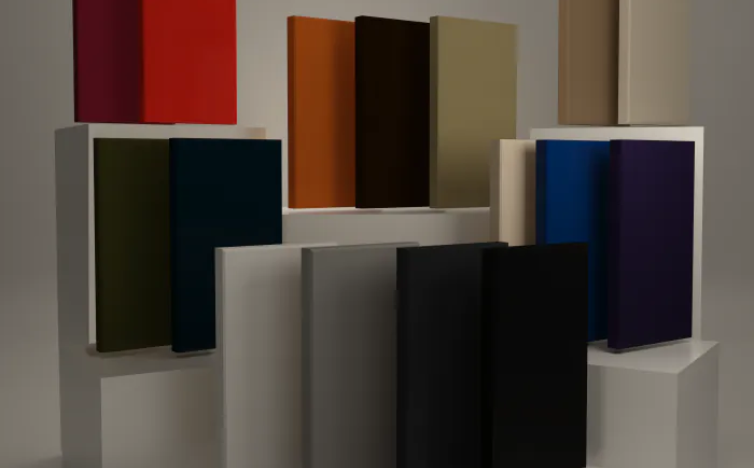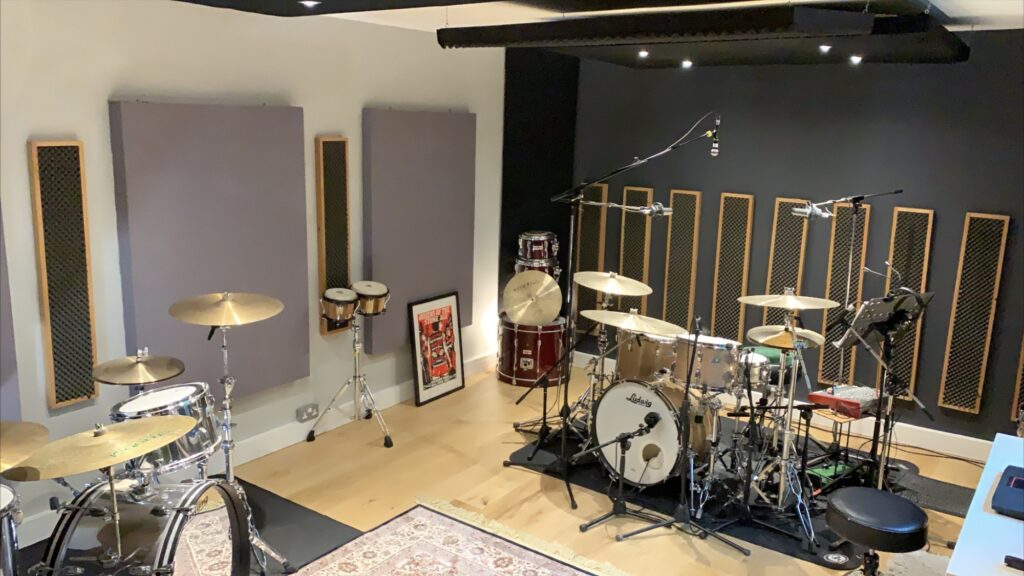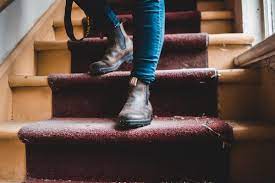Soundproofing testing ensures that walls, floors, and ceilings effectively block noise. Whether for homes, offices, or studios, proper testing helps identify weak points and improve acoustic performance. This guide provides a simple, step-by-step method to test sound insulation.
Why Soundproofing Testing Matters
- Ensures compliance with building regulations
- Identifies gaps in insulation
- Improves privacy and noise control
- Validates the effectiveness of soundproofing materials
Tools Needed for Soundproofing Testing
- Sound level meter (digital or app-based)
- Speaker or white noise generator
- Measuring tape
- Pen and paper (for recording results)
Step-by-Step Testing Process

1. Prepare the Testing Environment
- Close all windows and doors to minimize external noise.
- Turn off HVAC systems and other background noise sources.
2. Set Up the Sound Source
- Place a speaker against the wall/floor being tested.
- Play pink noise or a consistent frequency (e.g., 500Hz) at a known volume (e.g., 85dB).
3. Measure Sound Levels on Both Sides
- Use a sound level meter to measure the volume:
- Source side (next to the speaker)
- Receiver side (opposite the wall/floor)
- Record the decibel (dB) readings.
4. Calculate Sound Reduction
Subtract the receiver-side dB from the source-side dB to determine the Sound Transmission Loss (STL).
- Example: If the source side reads 85dB and the receiver side reads 55dB, the STL is 30dB.
5. Check for Weak Points
- Listen for leaks around doors, windows, or gaps.
- Use additional insulation or sealing materials if needed.
Interpreting Results
- 30dB+ reduction: Good soundproofing
- 20-30dB reduction: Moderate (may need improvements)
- Below 20dB: Poor insulation (requires upgrades)
Common Soundproofing Issues & Fixes
- Air gaps – Use acoustic sealant or weatherstripping.
- Thin walls – Add mass-loaded vinyl (MLV) or drywall.
- Hollow doors – Replace with solid-core doors.
Professional vs. DIY Testing
- Professional testing – More accurate, complies with standards (e.g., ASTM E90).
- DIY testing – Cost-effective, good for preliminary checks.
Call us: Contact Waseem Technical Soundproofing Expert in Dubai For Soundproofing: +971 50 209 7517
Conclusion
Testing soundproofing helps ensure effective noise control. By following these steps, you can measure insulation performance and make necessary improvements for a quieter, more comfortable space.




